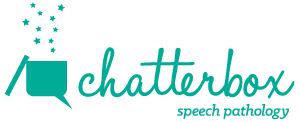By the age of three, most children have the following skills:
Receptive Language:
- Follow 2-step unrelated directions (e.g. “get your shoes and put your hat on)
- Follow instructions with concepts such as: little, in, on, etc (e.g. go to our room and get your big teddy)
- Understand concepts (e.g. big, little, fast, slow)
- Point to less familiar body parts e.g. elbow, chin, etc
- Understand “who”, “where” and “what” questions
- Recognise simple named colours
- Understand negation (“is not”, “not want”, etc)
- Understand approximately 900 words
Expressive Language:
- Use approximately 500 words
- Use 3-4 word sentences
- Talk about things that are not in the room / happened in the past
- Begin to use basic grammar (e.g. ‘ing’, ‘ed’ and plural ‘s’)
- Enjoy telling stories and asking questions
- Be understood by unfamiliar adults 60% of the time
- Ask “who”, “what” and “where” questions e.g. “What that?”, “Where mummy?”
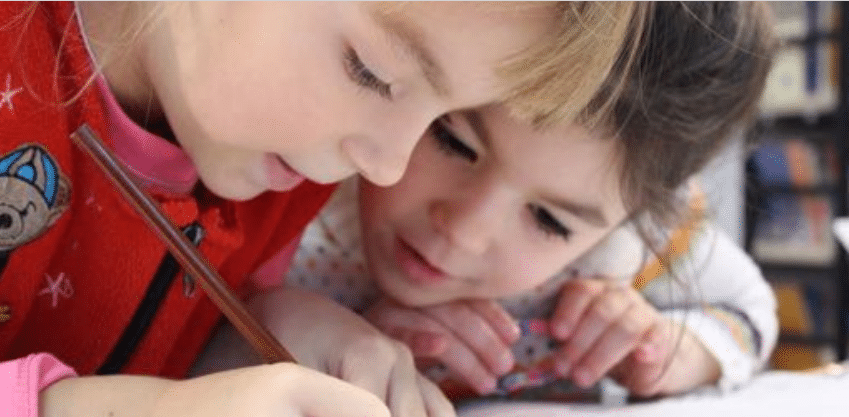
Sounds that are correctly produced:
- p
- b
- m
- w
- h
- n
- t
- d
- y
- k
- g
- ng
- f
Play:
- Play begins to represent less familiar events (e.g. shopping, doctor)
- Events are short and roles change quickly
- Language being used while playing – describing what doing, commenting, etc)
Literacy:
- Stories have no organisation. Statements are unrelated e.g. monkey, pig, duck walk
Cause for concern:
- Using short sentences (2-word phrases)
- Does not understand / follow 2-step instructions
- Does not play with other children
- Does not respond to questions
- Does not ask questions
- Less familiar people find it difficult to understand my child
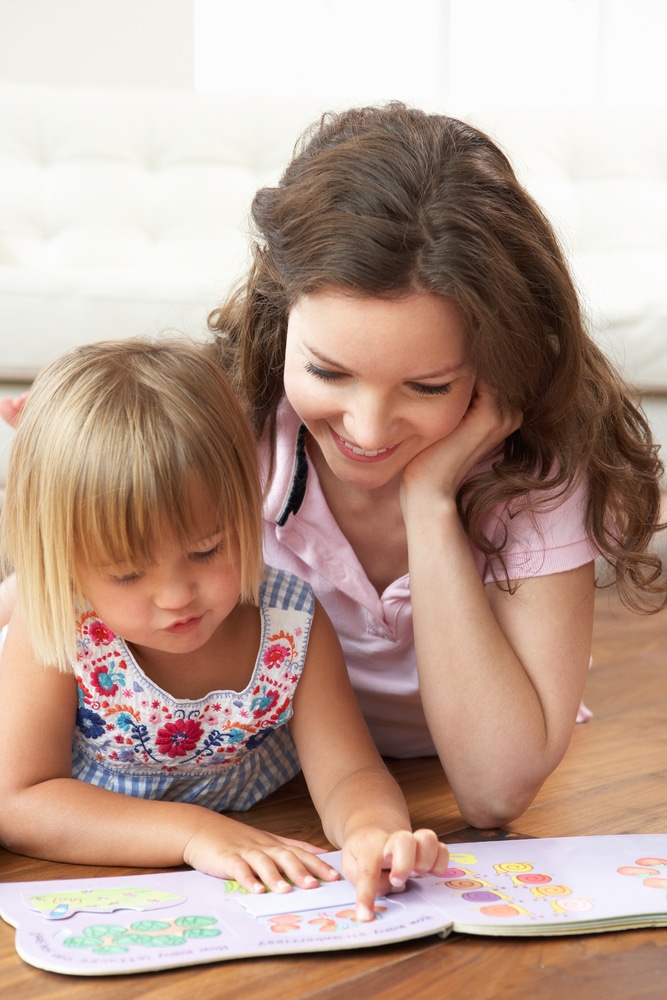
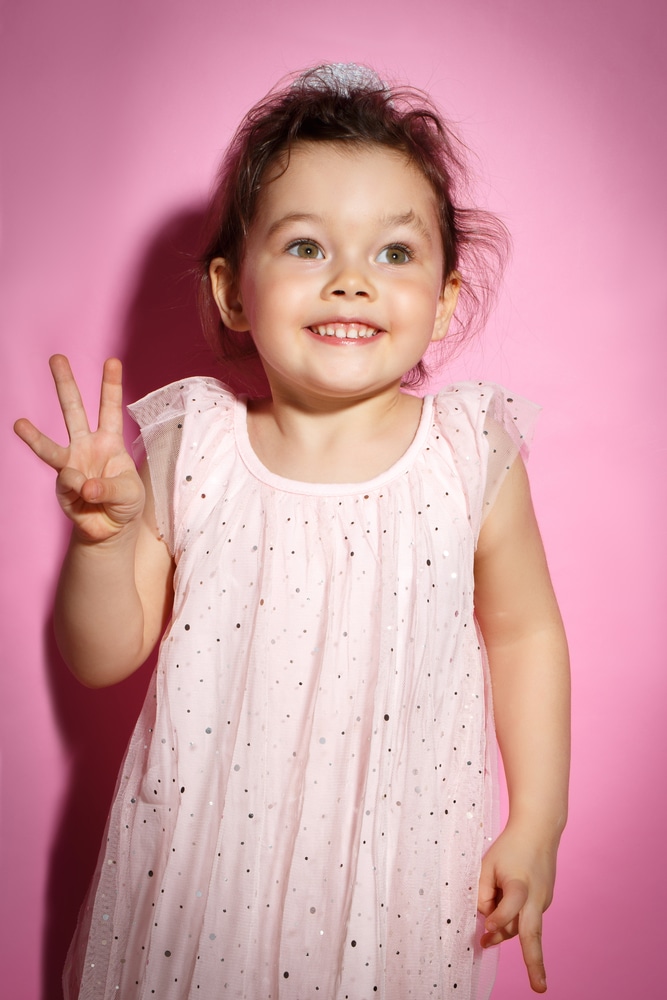

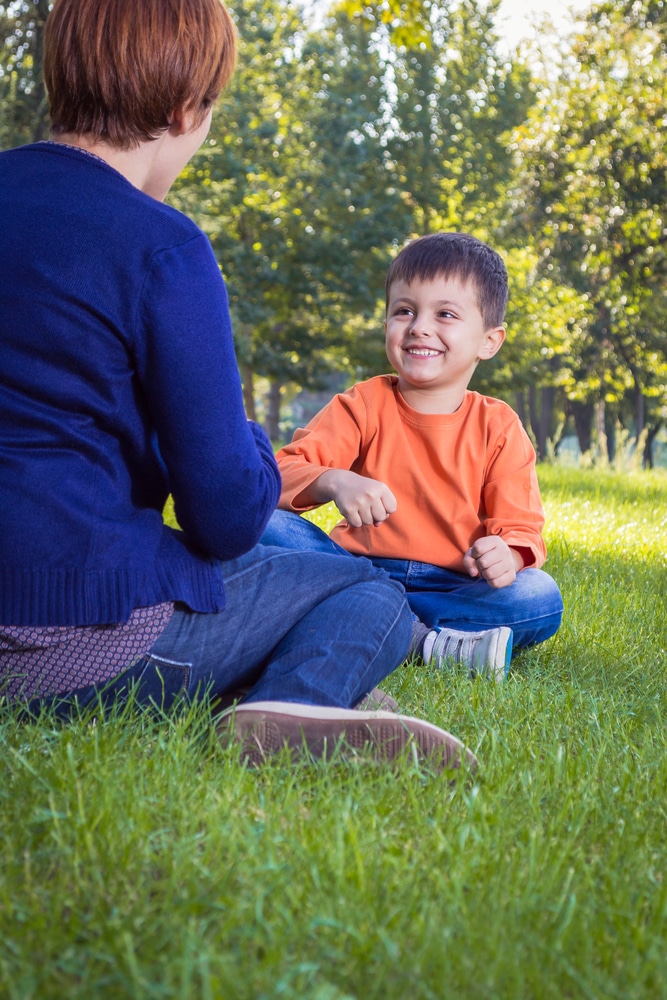
If you have any concerns regarding your child’s language development, feel free to complete the checklist for a speech pathologist to review
